| Utility Costs
Reduction Thru Conservation
This Is A Member-Only Page
Introduction
The conservation fervor of the 70s, resulting from the oil embargo early in that decade, waned over the decades that followed. However, as costs of utilities have escalated rapidly in recent years, as many experts predict future shortages, and as the threat of global warming has become of more concern, conservation is again in the forefront.
Energy use in buildings represents a major contributor to fossil fuel use and carbon dioxide production. Following uncertainties in energy supply and concern over the risk of global warming, many countries have now introduced target values for reducing energy consumption in buildings. Overall, these are aimed at reducing energy consumption by between 15-30%.
For example, the European Union Council has adopted a directive on the promotion of renewable energy sources, obliging member states to meet 12% of their gross internal energy consumption and 22.1% of their electricity consumption from renewables by 2010.
There are many things that the landlord can do to conserve water and energy, all producing a reduction in utility costs. These things will not only increase cash flow, but will also increase property value, attract better tenants, and allow higher rents.
Water & Sewer
There is a limited supply of drinkable water in the world today and it is very quickly becoming a scarce commodity because of our ever-increasing population. The cost to produce potable water is increasing at a very rapid rate, from 3% to 25% per year, depending upon location. Water may commonly become more expensive than electricity in the next few years, as is already the case in some areas of Canada.
Inside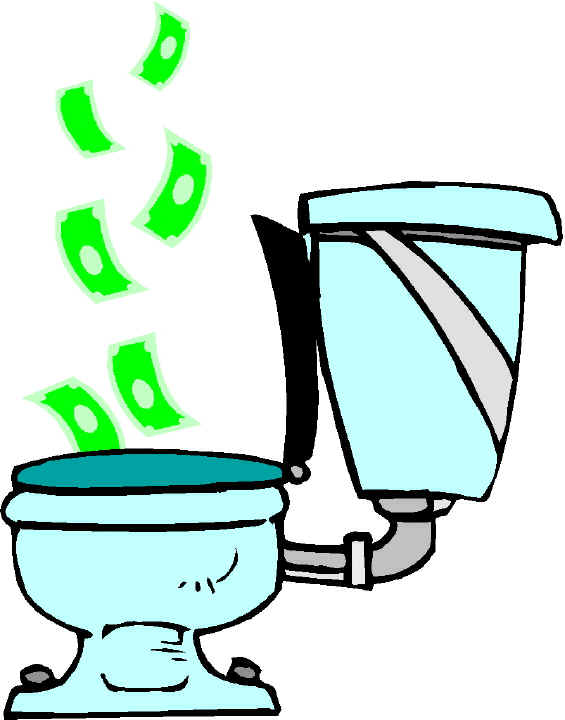
There are a number of things that can reduce interior water usage that are not the responsibility of the tenants. Low-flow devices, if they are not already installed, should be installed throughout the property. Low-flow shower heads cost only a few dollars each and installation is usually a task requiring only a few minutes of an unskilled person. And, replacement toilets must be low-water usage by federal law.
There are other things that can be done for negligible cost, but may produce some results. Examples of this are:
- Hand out an energy conservation booklet or flyer to new tenants and remind them periodically about the issue.
- Post a notice in the laundry room regarding setting water levels to minimum needed. While many, perhaps even the majority of tenants will ignore the notice, some will be reminded and cooperate.
When replacing appliances, pay attention to energy consumption of the replacement unit. This issue is discussed in detail later.
Outside
Particularly in acrid or semi-arid climates, draught-resistant landscaping is a major means of reducing exterior water usage. Draught-resistant landscaping also has the added benefit of reducing maintenance expense because draught-resistant plants generally grow more slowly, requiring less trimming, and are more hardy, meaning less prone to disease and severe weather. For one approach to low maintenance and water usage landscaping, consider Xeriscaping™.
A lot of water can be wasted on landscaping. Of first consideration is the frequency of watering. For most vegetation, watering less frequently, but more deeply is preferred to frequent light watering. However, one most be careful that water is not let to run into the gutter after the ground has become saturated. Timers and other technology can provide the desired control.
A number of irrigation equipment manufacturers offer products that will reduce water usage, either by sensing rainfall or by actually measuring the moisture in the soil. A rainfall sensor attached to the controller detects rainfall and prevents the irrigation system from operating if significant rainfall has occurred. For example, RainBird, offers a couple of different models of this type of sensor. Another type of sensor measures soil moisture and overrides the controller when soil moisture is adequate. Sensors are especially useful if the system cannot be monitored and adjusted regularly.
For certain applications, drip irrigation is the preferred method. It uses 30 to 50 percent less water than sprinkler irrigation and usually costs less to install. Since water is applied directly to the root zone, evaporation and runoff are minimized.
Additional irrigation water can be saved by remembering the following:
- Using mulch around vegetables, annuals, and shrubs helps retain soil moisture
- Weeds compete for moisture and nutrients, so keep them pulled from planting beds.
- Minimize evaporation (and fungal diseases) by watering only at night or in the early morning
- Minimize waste by avoiding runoff resulting from continuing watering after soil saturation and by not watering on windy days
- Watering deeply and allowing the soil to dry slightly between waterings promotes root growth
- Lawns need less water (and are less susceptible to rot) if a 2- to 3-inch grass height is maintained
- Reprogram the controller frequently because water needs change from week to week.
Control of outside hose valves by removal of handles or installation of handles that require a special key can eliminate or at least reduce use of water for vehicle washing and unnecessary hosing down of driveways and patios.
For 49 additional ways to save water indoors and outdoors, click here.
General
Possibly the simplest and most important way to avoid water waste is to be sure that units do not have leaking faucets (inside or out) or leaking lines or defective toi let valves. It is dangerous to depend upon tenants to report leaks. All landlords can report horror stories of unreported plumbing problems that resulted in damage as well as waste of water, but few probably had the recent experience of a New York City landlord. One of his tenants, an elderly woman, didn't want the super entering her apartment. She allowed water to stream down her kitchen sink for more than two years, costing the apartment owner $8,800 in water bills and a nickel for a new washer -- the only piece of hardware required to fix the problem. let valves. It is dangerous to depend upon tenants to report leaks. All landlords can report horror stories of unreported plumbing problems that resulted in damage as well as waste of water, but few probably had the recent experience of a New York City landlord. One of his tenants, an elderly woman, didn't want the super entering her apartment. She allowed water to stream down her kitchen sink for more than two years, costing the apartment owner $8,800 in water bills and a nickel for a new washer -- the only piece of hardware required to fix the problem.
The solution to minimizing the risk of this occurring is for the landlord or his agent to perform regular inspections of each unit. Whether you do this once a month, once a quarter, or once a year depends upon your risk tolerance, but be sure to include a clause in your lease specifying the maximum frequency that you would like to use. A secondary benefit of regular inspections is that other unrelated potential problems will be uncovered, for example, damage caused by plumbing leaks, willful damage by tenants, broken windows, etc.
Electricity
For electricity, there are also many steps that can be taken to lower energy usage that are entirely beyond tenant responsibility. Newer more energy-efficient appliances should be used when making replacements. Although the higher efficiency items may cost a little more, the extra cost will usually be amortized over a very short period of time. Labor cost for installation will be the same. In some cases, early replacement might even be cost effective because the amortization period is so short and because newer low-energy use appliances are a feature that can be used to attract a better-quality tenant and/or obtain a higher rent.
Programmable Thermostat
If there is one gadget that will cut energy bills the most for the least cost, it is the programmable thermostat. A programmable thermostat is a temperature-sensitive device that lets you choose the temperature to be maintained in one or several rooms of your home during different times of the day. These simple devices turn central air conditioning and heat on and off, based on the occupant's schedule. Savings comes from paying for climate control when it's needed--not while the unit is empty. This relatively low-cost gadget can reduce an energy bill by up to 30 percent. And, it can probably be installed by the average person. ENERGY STAR® labeled programmable thermostats are available. programmable thermostat. A programmable thermostat is a temperature-sensitive device that lets you choose the temperature to be maintained in one or several rooms of your home during different times of the day. These simple devices turn central air conditioning and heat on and off, based on the occupant's schedule. Savings comes from paying for climate control when it's needed--not while the unit is empty. This relatively low-cost gadget can reduce an energy bill by up to 30 percent. And, it can probably be installed by the average person. ENERGY STAR® labeled programmable thermostats are available.
Heating/Cooling Systems
Much progress has been made during the past decade or so regarding efficiency of heaters and air conditioners. However, in order to realize the maximum possible savings from installing a new system, the equipment must be sized or installed properly. For example, studies have shown that typical air conditioner and duct systems are improperly installed, wasting one-third or more of the energy used by the air conditioner.
Central air conditioners are rated by SEER, or Seasonal Energy Efficiency Ratio. New air conditioners are required by federal law to have a SEER of 10 or higher. Even though it will cost more, it is usually worth it to buy at least a SEER 12 unit because over time that initial investment will be paid back with energy savings within a relatively short time.
Water Heaters
Set the thermostat to the minimum temperature that is recommended for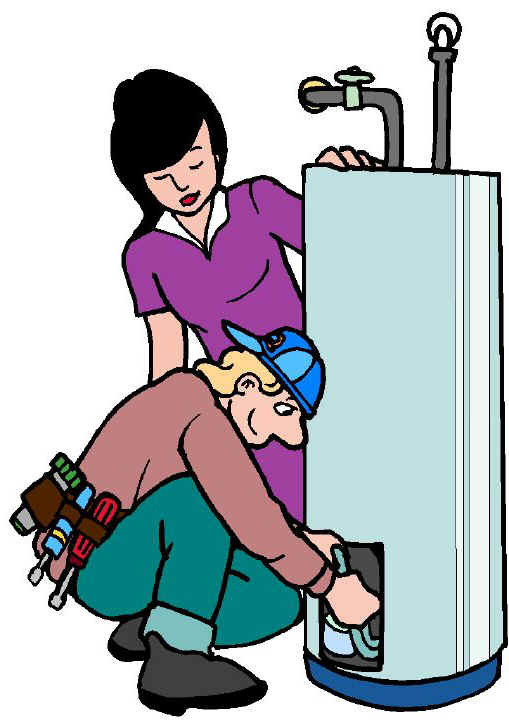 dishwashers, usually 125 F. ENERGY STAR® dishwashers, usually 125 F. ENERGY STAR®
Installing an insulating blanket on water heaters is something any landlord can do himself for very low cost. The payback period is relatively short.
If the property has gas available, keep in mind that although gas appliances usually cost slightly more initially, they tend to be more energy efficient.
Insulated Pipes
Water temperature can drop 10 to 20 degrees F between the water heater and the bathroom or kitchen. Insulating all exposed pipes can reduce this loss and also allow a lower water heater setting.
Refrigerators
Modern refrigerators are significantly more efficient than those of 20 years ago, both due to better compressor design and because of better insulation materials. Prior to the 1990 federal energy efficiency standards, many name brand refrigerators sold used considerably more electricity than current models. Even the models supplied to the market between 1990 and 1993, the year a second set of standard came into effect, often had energy ratings more than twice that of the ENERGY STAR® refrigerators of today, which use less energy than a co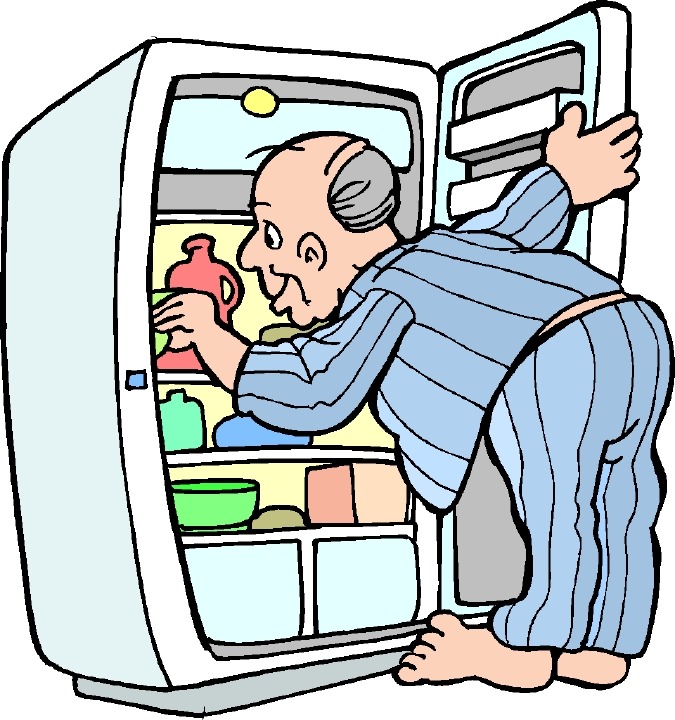 ntinuously operating 75W incandescent light bulb. ntinuously operating 75W incandescent light bulb.
The savings in energy cost to operate a refrigerator usually makes it cost-effective to replace older models well before the end of their useful life, which averages 17 years.
It's important to buy a refrigerator of proper size. A refrigerator that's too big and isn't kept filled wastes energy and costs more to operate. Two people generally need eight to ten cubic feet of fresh food storage, with an extra cubic foot for each additional person in the household.
Look for the ENERGY STAR® symbol which means that the appliance exceeds government standards for energy consumption.
For detailed information about refrigerators and the benefits of replacing older models, visit the Home Energy web site.
Washers
When replacing washers, keep in mind that front loading machines use less water than top loading and although they may cost more to purchase, they may be more cost effective in the long run considering the long life of a machine. may be more cost effective in the long run considering the long life of a machine.
Within the past few years most manufacturers have introduced front loading washers. ENERGY STAR® washers use only about half the water of top loading machines, require less detergent, reduce hot water use, and, because they spin out more water, reduce drying time by 25 percent.
If the property has gas available, keep in mind that although gas appliances usually cost slightly more initially, they tend to be more energy efficient.
Look for the ENERGY STAR® symbol which means that the appliance exceeds government standards for energy consumption.
Dryers
When replacing
If the property has gas available, keep in mind that although gas appliances usually cost slightly more initially, they tend to be more energy efficient.
Look for the ENERGY STAR® symbol which means that the appliance exceeds government standards for energy consumption.
Dishwashers
Using ENERGY STAR® qualified dishwashers with internal water heaters can save you 20% on your water heating costs. These dishwashers have a device that raises the temperature of the water coming out of your water heater. Since the dishwasher is on much less than the water heater, this feature may be worth the extra cost, if any. Some advanced dishwashers can sense and adjust for the amount of soil on your dishes, using ONLY as much water as necessary.
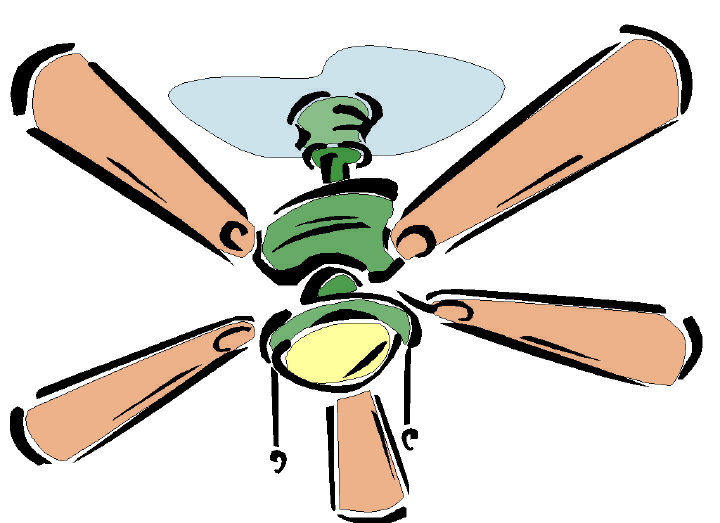 Ceiling Fans Ceiling Fans
Ceiling fans are one of the most popular of all home energy efficiency features. Ceiling fans are the perfect way to extend the shoulder season as well–shortening the number of days you need air conditioning in the summer and central heating in the winter. They rightfully appeal to those who want to cut summer and winter electric bills. At the same time, they offer a decorative alternative to typical light fixtures. And, best of all, they are relatively inexpensive. ENERGY STAR®
For detailed information regarding proper selection, installation, and utilization of ceiling fans to maximize their benefits, visit the Home Energy web site.
Humidifiers
Dehumidifiers
Dehumidifiers can consume up to 1,000 kWh/year, which is as much as a refrigerator! ENERGY STAR® labeled dehumidifiers will provide all of the desired features — moisture removal, quiet operation, reliability, and durability — as well as energy efficiency.
Light Bulbs
During the years following the oil crises of the early 1970s, commercial building owners and managers reacted to high electricity prices by retrofitting offices, warehouses, and stores. First they turned to reducing unnecessarily over-lit areas, and later they installed new lower wattage fluorescent tubes and electronic ballasts. As a result, energy use for lighting in the commercial sector fell even as the number of commercial buildings rose. and later they installed new lower wattage fluorescent tubes and electronic ballasts. As a result, energy use for lighting in the commercial sector fell even as the number of commercial buildings rose.
Now the success in the commercial sector may be a prelude to another great energy efficiency success in the residential sector. The compact fluorescent bulb is the key that could unlock this success. Compact fluorescents use roughly one-quarter of the electricity that an incandescent bulb will use to give off the same amount of light. Although the fluorescent bulbs cost significantly more than incandescent bulbs, they are extremely cost effective over the long-term, particularly where for locations where lights are on for long periods of time. This is because they are not only cheaper to operate by a factor of about 4, but their life is more than 10 times longer. ENERGY STAR®
For detailed information regarding proper selection and utilization of compact fluorescent bulbs to maximize their benefits, visit the Home Energy web site.
Air Leaks
Most buildings are full of air leaks. Some of the leaks are obvious; some are more obscure. Most do not appreciate what a big effect the airtightness of a home's envelope has on energy costs. Windows and doors, attic and basement stairways, chimneys, recessed light fixtures, as well as the large surfaces of walls, ceilings and floors, should all be considered.
For detailed information regarding a strategy to follow and a list of the materials that work best for eliminating leaks, visit the Home Energy web site.
Roofs
If your roof has an even, continuous blanket of snow during the winter, with no icicles visible, then the attic is probably well sealed, well insulated, and ready to shelter this property for years of warm, comfortable occupancy. If not, then consideration should be given to adding insulation.
For detailed information regarding roofs, visit the Home Energy web site.
Attic Ventilation
Effective attic ventilation reduces heat gain in summer, reducing air conditioning needs, and helps prevent condensation in winter.
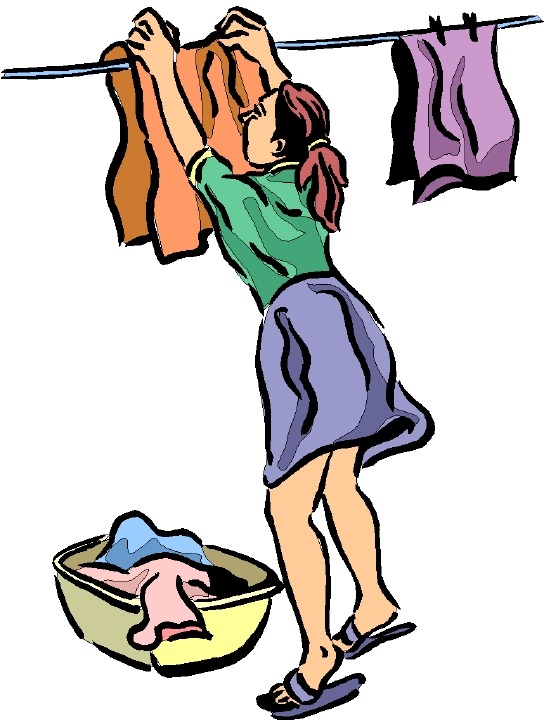 Miscellaneous Miscellaneous
There are a number of other conservation efforts that can be undertaken, including:
1. Provide clothes lines where possible
2. Attach a notice to the front of the dishwasher, reminding tenants to run it at night if electric rates are lower then and to use the energy saver mode to avoid using heat drying.
Improvement Benefits
Major energy conservation improvements will not usually return the investment if the property is sold in the immediate future after making the improvements. Depending upon the improvement, the return will be in the range of only 30 percent to 60 percent. However, the improvements will return a significant profit over the long-term. First, an improved property should allow higher rents. Second, an improved property should attract a better quality tenant, one who can afford the higher rent, one who is more likely to pay the rent on time, one who better maintains your property, and one who is less likely to do damage or cause other problems. For example, a $5,000 improvement that allows a rent increase of $50 per month generates additional income of $3,000 in 5 years. So if the return on investment upon sale is 50 percent, the increased sales price was $2,500 and the net cost was only $2,500, meaning that you actually netted a profit of $500. Also, the expenditure produced additional tax write-off that further increases the real net profit. And, who knows how much expense was avoided due to having better tenants because of the improved property.
A new high-efficiency heating/cooling system can result in substantial savings in energy costs over an older. In many areas of the country these savings can be as high as $100 to $200 per month during the peak winter and/or summer.
Accordingly, a high-efficiency system should allow higher rent in areas of extreme hot or cold temperatures. And, again, the tax benefits provide additional net profit to the landlord. Finally, after the cost has been paid by the higher rent and/or reduced expense, the increased cash flow and the 30 to 50 percent typical return on investment upon sale will be pure profit. If the landlord is paying for energy, lower expense will amortize the cost over a number of years, varying from area-to-area, depending on climate and energy costs. If the units are separately metered, increased income should result from higher rent and/or lower vacancy because the tenants' total housing costs will be lower.
Energy Star
ENERGY STAR was introduced by the US Environmental Protection Agency in 1992 as a voluntary labeling program designed to identify and promote energy-efficient products, in order to reduce carbon dioxide emissions. EPA partnered with the US Department of Energy in 1996 to promote the ENERGY STAR label, with each agency taking responsibility for particular product categories. ENERGY STAR has expanded to cover new homes, most of the buildings sector, residential heating and cooling equipment, major appliances, office equipment, lighting, consumer electronics, ceiling fans, dehumidifiers, windows, roofing, and more. For more information, visit the ENERGY STAR® web site.
Summary & Conclusion
There are many things that the landlord can do that will reduce reduce his costs for utilities. It should always be remembered that a reduction in expense not only results in a higher net profit, but also increases the market value of the property.
There is another reason why utility costs should be minimized even when the tenant is paying the bills. Tenants do have limited amounts for their total housing costs. Accordingly, reducing the tenants' utility costs will allow larger rent increases.
Besides, you will be helping the environment.
Transferring the cost to the tenants, so that they directly see the value of conservation, is discussed on our Utilities - Transferring Costs page. |

 let valves. It is dangerous to depend upon tenants to report leaks. All landlords can report horror stories of unreported plumbing problems that resulted in damage as well as waste of water, but few probably had the recent experience of a New York City landlord. One of his tenants, an elderly woman, didn't want the super entering her apartment. She allowed water to stream down her kitchen sink for more than two years, costing the apartment owner $8,800 in water bills and a nickel for a new washer -- the only piece of hardware required to fix the problem.
let valves. It is dangerous to depend upon tenants to report leaks. All landlords can report horror stories of unreported plumbing problems that resulted in damage as well as waste of water, but few probably had the recent experience of a New York City landlord. One of his tenants, an elderly woman, didn't want the super entering her apartment. She allowed water to stream down her kitchen sink for more than two years, costing the apartment owner $8,800 in water bills and a nickel for a new washer -- the only piece of hardware required to fix the problem. programmable thermostat. A programmable thermostat is a temperature-sensitive device that lets you choose the temperature to be maintained in one or several rooms of your home during different times of the day. These simple devices turn central air conditioning and heat on and off, based on the occupant's schedule. Savings comes from paying for climate control when it's needed--not while the unit is empty. This relatively low-cost gadget can reduce an energy bill by up to 30 percent. And, it can probably be installed by the average person.
programmable thermostat. A programmable thermostat is a temperature-sensitive device that lets you choose the temperature to be maintained in one or several rooms of your home during different times of the day. These simple devices turn central air conditioning and heat on and off, based on the occupant's schedule. Savings comes from paying for climate control when it's needed--not while the unit is empty. This relatively low-cost gadget can reduce an energy bill by up to 30 percent. And, it can probably be installed by the average person.  dishwashers, usually 125 F.
dishwashers, usually 125 F.  ntinuously operating 75W incandescent light bulb.
ntinuously operating 75W incandescent light bulb. may be more cost effective in the long run considering the long life of a machine.
may be more cost effective in the long run considering the long life of a machine. Ceiling Fans
Ceiling Fans and later they installed new lower wattage fluorescent tubes and electronic ballasts. As a result, energy use for lighting in the commercial sector fell even as the number of commercial buildings rose.
and later they installed new lower wattage fluorescent tubes and electronic ballasts. As a result, energy use for lighting in the commercial sector fell even as the number of commercial buildings rose. Miscellaneous
Miscellaneous